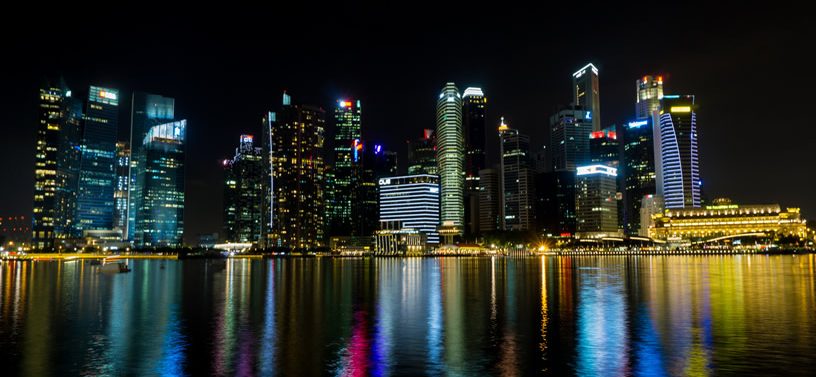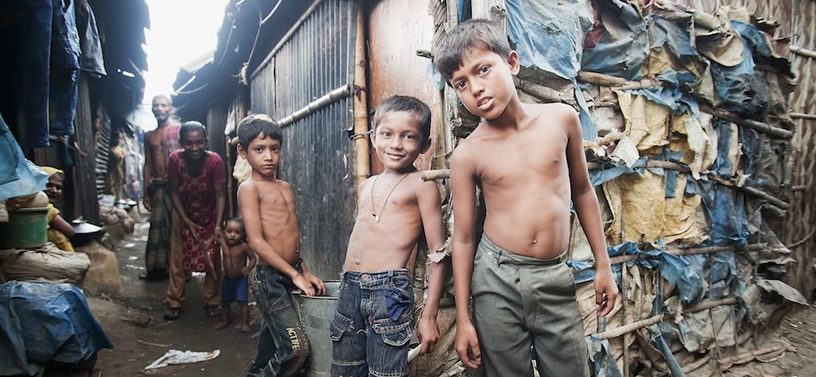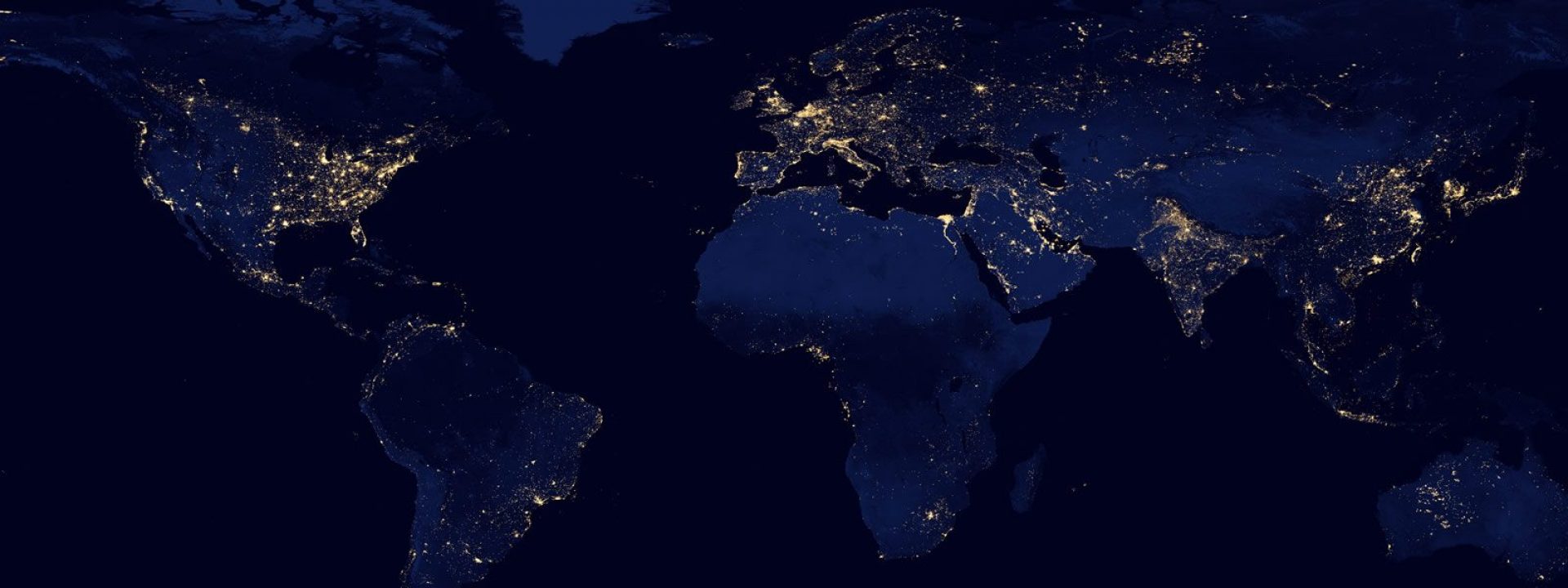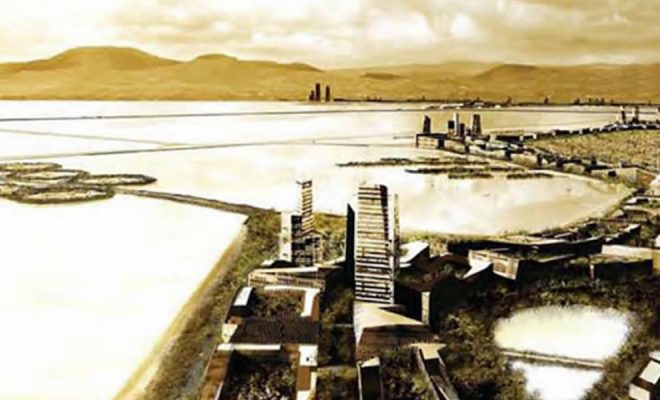
©Tekgator
Singapores skyline
3 % of the earth´s land surface is taken up by cities. This is the equivalent area to nine times the surface of Spain: a total of 4.468.200 km2 of concrete, bricks and asphalt cover what used to be mainly forests and meadows, and also many lakes and rivers. More than half of the earth´s population, around 3.7 billion people, live on this expanding crust, but lately the urban mass is growing more than its population.
These are data collected by the Global Rural-Urban Mapping Project (GRUMP), a NASA initiative that analyses satellite images of the earth´s surface. This model analyses in real time the advance of the urban fabric, providing data that contradicts the geographic forecasts carried out until recently: the urban “stain” has grown much more rapidly than we thought and it will continue growing.
The model, together with the United Nations forecast of population growth, predicts that 80% of the population of the planet will live in cities by 2035, a proportion already present in many developing countries. If this pace continues, urban population will have increased by 2.8 billion in 2050.
These are alarming figures, especially from the point of view of water. Will there be a capacity to supply? Will it be possible to purify and clean it in a sufficient and sustainable way? What will be the alteration of the water cycle on earth due to cities?
These questions do not have an accurate answer yet but science and governments work hard to respond with solutions. According to the architect and town planner Zaida Muxí we still have time to moderate urban growth and to regenerate cities.

The New Urban Agenda: inclusive and sustainable development
The water and sanitation problem in cities has presided over the United Nations Conference on Housing and Sustainable Urban Development, Hábitat III, which took place in Quito from the 17th to the 20th October. The conference has finished with the edition of the New Urban Agenda (NUA) that will serve as an international road map in the implementation of a new model of inclusive and sustainable urban development.
This road map will certainly be very present in the debates of the upcoming Smart City Expo World Congress (SCEWC) which will take place in Barcelona from the 15th to the 17th November, as it is clear that without ensuring the water and sanitation management it is not possible to talk of urban intelligence.
Why do cities create so many problems related to water? First of all because all urban agglomerations need a large volume of water that has to be supplied from outside. Nearly 13 % of the drinking water that is extracted around the world is for domestic use, most of it in cities, and this water needs to be treated to ensure its healthiness. Many large cities around the world cannot guarantee this supply and most of these cities are the ones whose population grows the most.
According to the World Cities Report 2016, launched by UN-Habitat, the United Nations programme that works for a better urban future, one of the keys is to control the relationship between surface and demographic density, as the surface of the big cities is growing around three or four times more than the increase of its population. That is, urban masses tend to be larger and less dense, just the opposite of what public services, such as the supply of water and sanitation, require in order to be efficient and affordable.
Those large cities that grow based on uncontrolled migratory movements tend to create pockets of poverty that lack water and sanitation in a clear violation of the human rights of their inhabitants. The goals of NUA in relation to water and sanitation are clear: it is necessary to develop the necessary infrastructures to guarantee universal and equitable access, and to assure that that infrastructure is included in the plans that enunciate the housing and mobility needs. It will not be possible to end the shacks without solid alliances between governments, the private sector, the civil society, ONGs and the actions of United Nations.

©UN Photo/Kibae Park
Children in Kallayanpur slum, one of the urban slums in Dhaka, Bangladesh.
The second great problem of large cities is water treatment. Domestic contamination, especially the one due to emerging pollutants, requires continuous public investments in purifying technologies, which is one of the factors that compromise the sustainability of a city. In the case of shacks, the problem is the lack of sanitation, a shortcoming that turns them into permanent sources of faecal contamination, impossible to control. These cities are a serious environmental aggression as they extend their waste far beyond their surroundings.
On the other hand, the breastplate of buildings and pavement is a barrier that prevents rain water from soaking into the earth, feeding aquifers. The lack of planning in the expansion of streets and houses causes increasingly violent torrents that provoke floods which in most cases affect the poorest neighbourhoods.
Water alteration needs to be added to air pollution and climate alteration. In this regard, cities around the globe have become models of unsustainability: they consume between 60% and 80% of the energy resources while giving out 70% of the greenhouse gas emissions and generating harmful microclimates due to the accumulation of heat and humidity and the lack of air renovation.
The regenerative city is possible
It is necessary to go beyond the classic model of sustainability and implement the regeneration model. According to Stefan Schurig, Director of Climate, Energy and Cities of The World Future Council, cities need to generate as many resources as they consume. He stands for the model of “regenerative city”, a term that has already been used by UNO as a model that “benefits natural ecosystems, drives local economies, improves the cohesion and health of neighbourhoods and increases their capacity to recover.”
The regeneration of cities is essential to attain the environmental goals of COP 21 and the sustainable development goals (SDGs), with water being the goal and the solution at the same time. And this is possible. One of the most ambitious urban projects is México, Lakeside City, by the architect Alberto Kalach, which shows that no matter how much a city has abused nature, there is always something we can do to alleviate the damage: to recover water.






